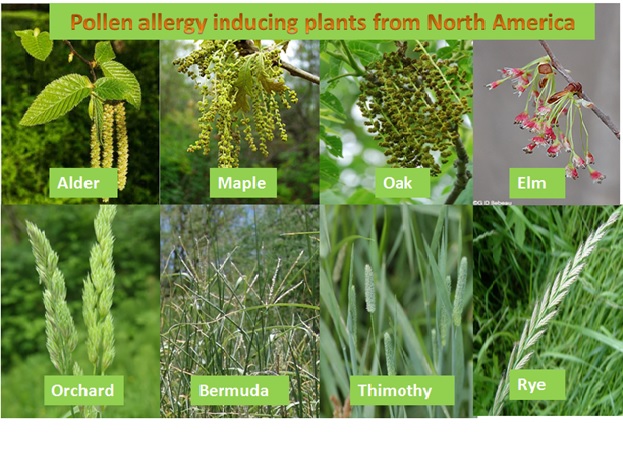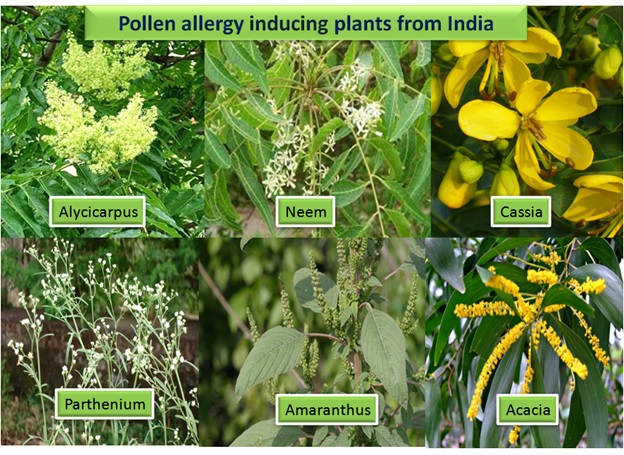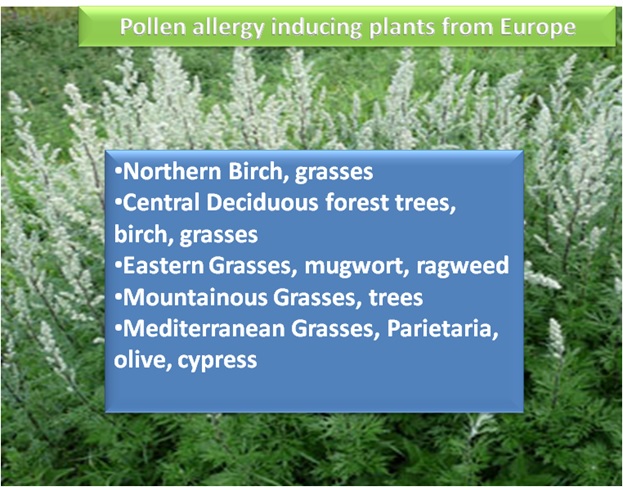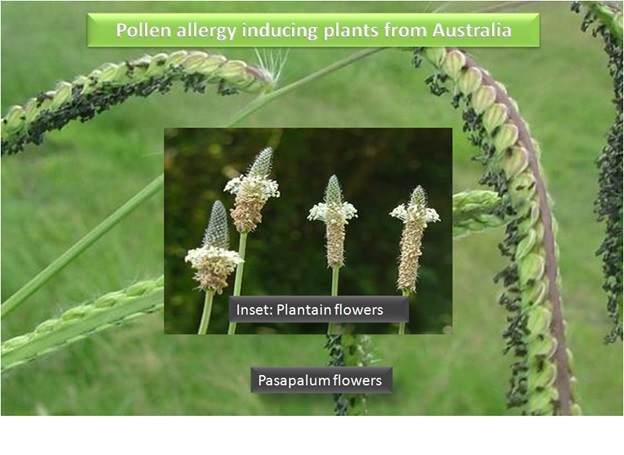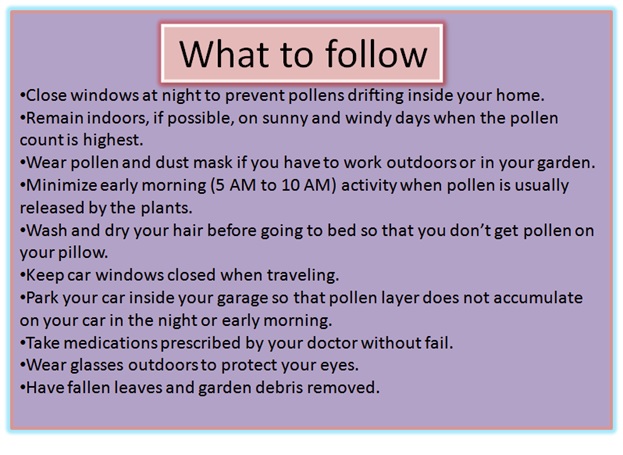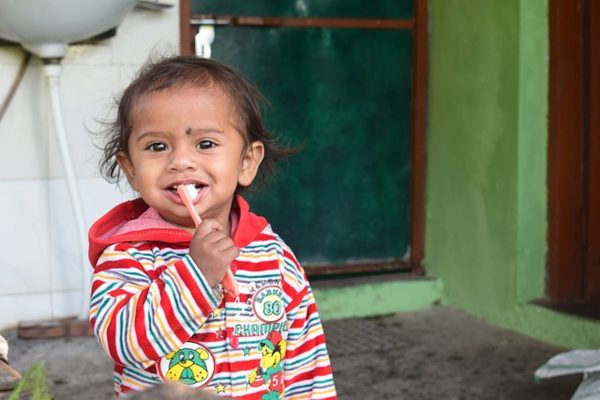
DID YOU KNOW? – ORAL HEALTH IS OVERALL HEALTH
World Oral Health Day (WOHD) is celebrated every year on 20 March. It is an international day to celebrate the benefits of a healthy mouth and to promote worldwide awareness of the issues around oral health and the importance of oral hygiene to looking after everyone old and young. Whether you are 80 or 8, your oral health is important.
Oral health overall gives clue about our total health. Our mouth naturally has several bacteria and most of them are harmless. The body’s defence mechanism and oral care such as brushing and flossing keeps these bacteria under control.
According to WHO (source ww.WHO.int)
- Worldwide, 60–90% of school children and nearly 100% of adults have dental cavities.
- Dental cavities can be prevented by maintaining a constant low level of fluoride in the oral cavity.
- Severe periodontal (gum) disease, which may result in tooth loss, is found in 15–20% of middle-aged (35-44 years) adults.
- Globally, about 30% of people aged 65–74 have no natural teeth.
- Oral disease in children and adults is higher among poor and disadvantaged population groups.
- Risk factors for oral diseases include an unhealthy diet, tobacco use, harmful alcohol use and poor oral hygiene, and social determinants.
What happens if we do not maintain good oral health?
The most common oral diseases are dental cavities, periodontal (gum) disease, oral cancer, oral infectious diseases, trauma from injuries, and hereditary lesions.
- Without a proper hygiene bacteria can reach a level that might spoil the oral health leading to infections, tooth decay and gum diseases.
- Periodontitis is a gum disease associated with is a serious gum infection that damages the soft tissue and destroys the bone that supports teeth. Periodontitis can cause tooth loss or worse, an increased risk of heart attack or stroke and other serious health problems. This happens to due to poor oral hygiene.
- In addition to not practicing good oral hygiene sometimes, secretion of saliva fluid in the mouth may reduce due to the side effects of certain medications. Dry mouth occurs when the salivary glands that make saliva don’t work properly. Saliva is an important fluid in the mouth that flushes the food to digestive tract from mouth cavity. All these will cause bad mouth odor which unbearable for the person and to others. This also affects social activity and humiliation in public.
- Studies also show that the oral bacterium is responsible for cardiovascular diseases.
- Dental cavities and periodontal disease are major causes of tooth loss. Complete loss of natural teeth is widespread and particularly affects older people.
- Noma: This gangrenous lesion affects young children living in extreme poverty primarily in Africa and Asia. Lesions are severe gingival disease followed by necrosis (premature death of cells in living tissue) of lips and chin. Many children affected by noma suffer from other infections such as measles and HIV. Without any treatment, about 90% of these children die (WHO).
“Most oral diseases and conditions require professional dental care, however, due to limited availability or inaccessibility, the use of oral health services is markedly low among older people, people living in rural areas, and people with low income and education. Oral health care coverage is low in low- and middle- income countries”.
How to take care of oral health?
- One should practice good oral hygiene by always brushing your teeth twice a day with a fluoride toothpaste, cleaning between teeth once a day with floss or another interdental cleaner.
- Replacing your toothbrush every two to three months is essential.
- Good balanced diet and limiting between-meal snacks is recommended.
- To avoid dry mouth one can drink plenty of water, chewing sugarless gum.
- Decrease sugar intake and whenever we consume sweet, rinsing mouth is important.
- Consume good fruit and vegetables that can protect against oral cancer.
- Stopping tobacco use and decreasing alcohol consumption to reduce the risk of oral cancers, periodontal disease and tooth loss.
- Ensuring proper oral hygiene for health sake is important. Practice brushing twice a day- Morning before breakfast and night before going to bed.
- Use protective sports and motor vehicle equipment to reduce the risk of facial injuries; and safe physical environments.
- Dental cavities can be prevented by a constant low level of fluoride in the oral cavity. Fluoride can be obtained from fluoridated drinking water, salt, milk and toothpaste, as well as from professionally applied fluoride or mouth rinse.
Do not forget to schedule regular dental check-ups to keep your smile, and yourself, healthy. Good oral care at home and regular dental check-ups will help keep your mouth healthy. These precautions that we take care helps in reducing the health risk of our future generation.
References:
Image courtesy: Image by Rajesh Balouria from Pixabay
Author: Sumana Rao | Posted on: March 20, 2016
« EMF Wake Up Call ! ISABGOL – A Wonderful & Favorite Medicine of All »



